These Exquisite Bee Photographs Reveal Every Delicate Hair, Antenna, and Wing
As part of their research into bees, the United States Geological Survey has compiled a drop-dead gorgeous gallery of bees. From flufftastic fuzzballs to sleek torpedoes, the variety of bees is awe-inspiring.
An angel bee.
The United States Geological Survey Been Inventory and Research Center has a perfect description for this bee that cannot be improved:
Ah, if angels were bees this would be one. However, if you were a Colletes bee you would not think so since the Angel Bee would invade your home, lay an egg, leave and later the Angel Bee baby would kill your baby and eat all your food. So life goes.
While the rest of the gallery rarely has such charming descriptions, but it more than makes up for it with absolutely gorgeous photographs of bees from around the world.
A male honeybee (Andrena nivalis) from Michigan. Image credit: Wayne Boo
A beautiful yet rare bee (Andrena uvulariae) with iridescent wings. Image credit: Brooke Alexander
This bee (Nomada fragariae) is a cleptoparasite, nuzzling into another bee’s turf and pretending it belongs.
A flufftastic bee (O. pumila) has beautifully delicate hairs and eye omatidia.
Male Virginia Carpenter bees (Xylocopa virginica) are dedicated to guarding nesting territories with their complex eye and total lack of stinger.
Not all bees are yellow: this zebra-striped bee (Megachile pseudobrevis) was spotted in Florida. Image credit: Sierra Williams
A fluffy-faced bee (Lasioglossum pacificum) in Washington. Image credit: Brooke Alexander
Gorgeously large eyes on this speedy summer long-horned bee (Melissodes communis) are all the better to see with when zipping around the deep south. Image credit: Brooke Alexander
This Greek bee (Stelis nasuta) sneaks its eggs into Osmia bee nests.
Greek bees (Icteranthidium grohmanni) are highly fond of flowering brambles, asters, and other summer blooms. Image credit: Brooke Alexander
A bumble bee (Bombus citrinus) who tucks up into the nests of other bumble bees as a parasite. Image credit: Colby Francouer
A tiny cuckoo-style nest parasite of a bee (Lasioglossum simplex) from North Carolina.
A bee (Melecta albifrons) commonly found throughout Europe and the mediterranean. Image credit: Brooke Alexander
This shiny green bee (Augochlorella aurata) is found throughout the deep south.
A disheveled island bee (Anthrophora) from the Caribbean. Image credit: Maggie Yuan/Sara Guerrieri.
This delightfully shiny green bee (Augochlora) is an essential pollinator in Puerto Rico. Image credit: Brooke Alexander
If you live in the eastern United States, you can plant woodlands sunflowers to support this lovely little bee (Paranthidium jugatorium).
The Big Bee (Svastra) from the longleaf pine forests of Georgia is delightfully rotund. Image credit: Brooke Alexander
I adore the bold fluff of yellow this bee (Melecta pacifica) is sporting.
Minute bees (Brachyhesma) munch on eucalyptus leaves.
You can buy a photo art book with these photos and more here: Bees: An Up-Close Look at Pollinators Around the World.
Top image: This lovely blue bee (Genus Lasioglossum) lives in woodlands, munching on vernal flora and nesting in rotting logs. Credit: Brooke Alexander
Contact the author at mika.mckinnon@io9.com or follow her at @MikaMcKinnon.

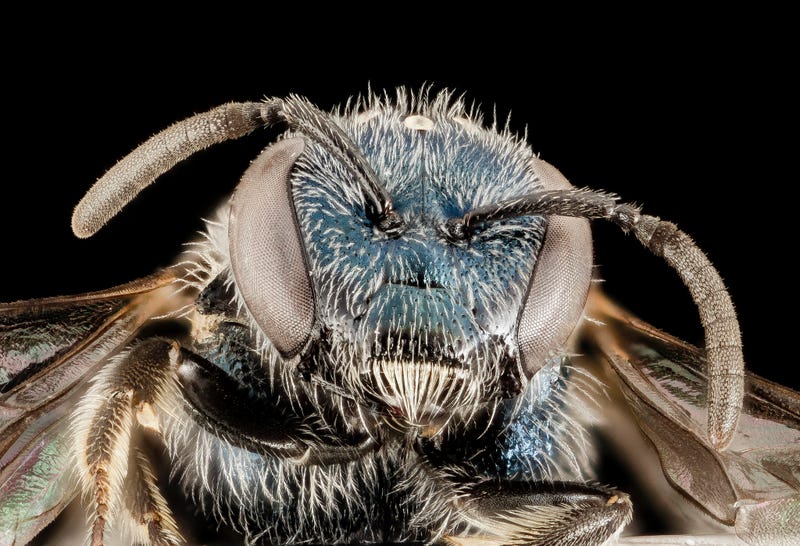
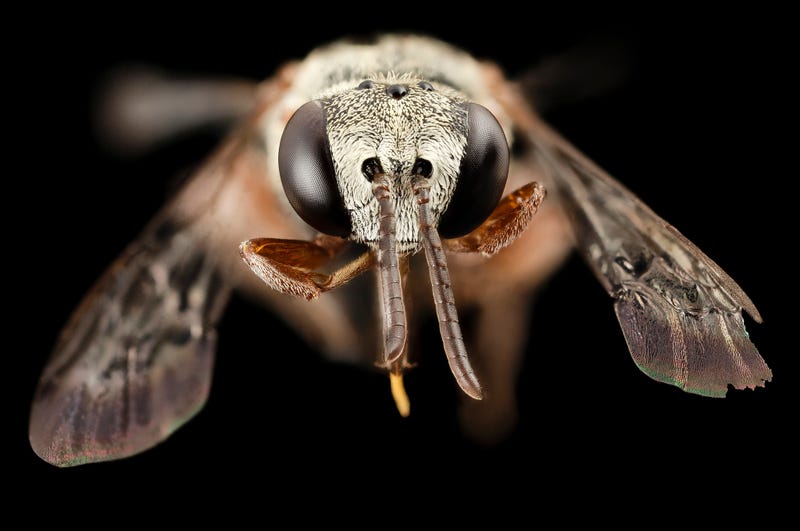
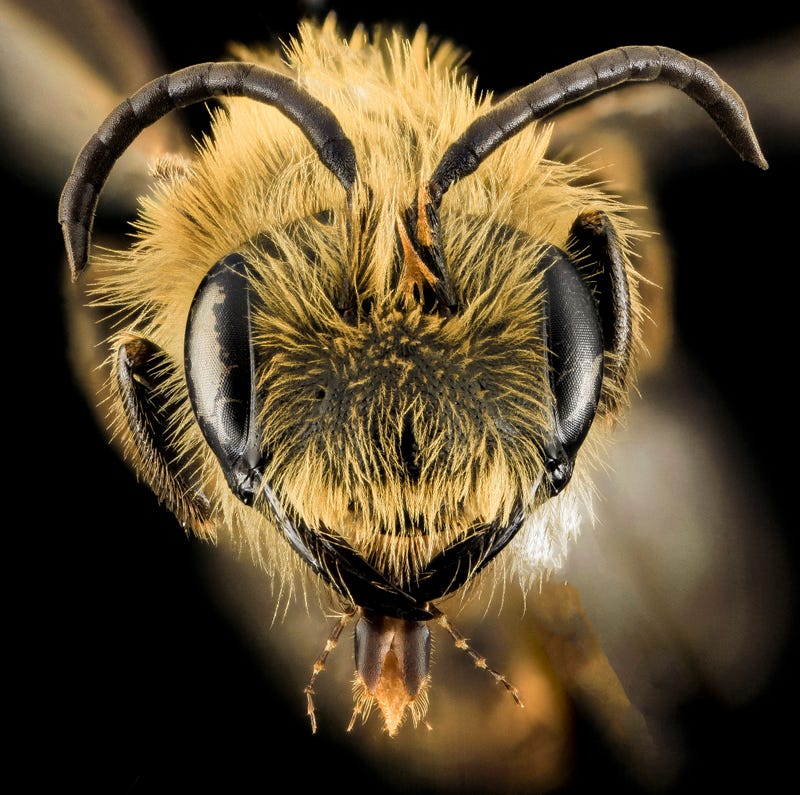
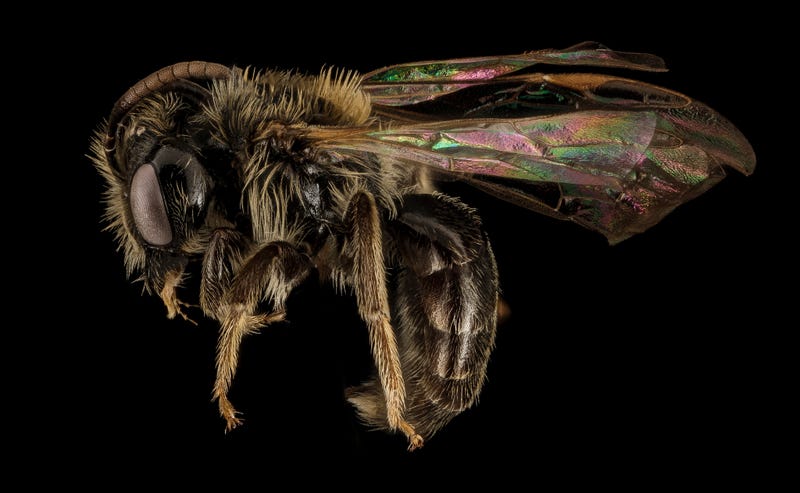
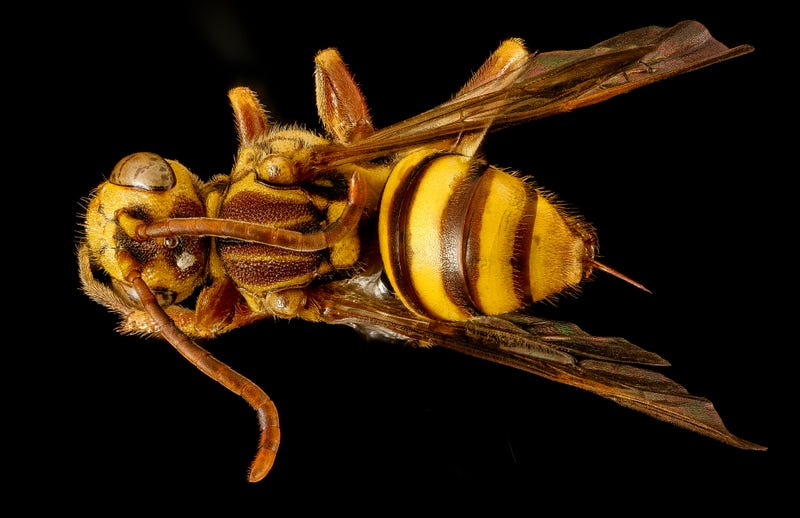
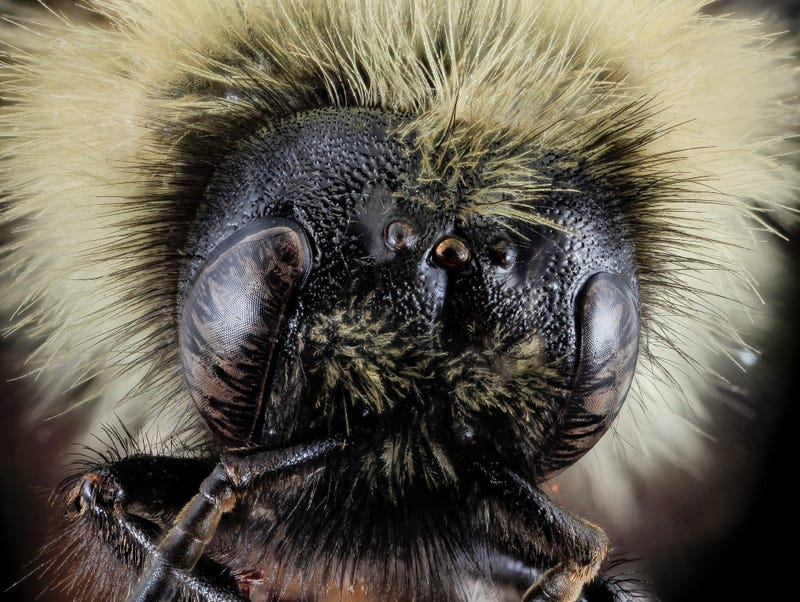
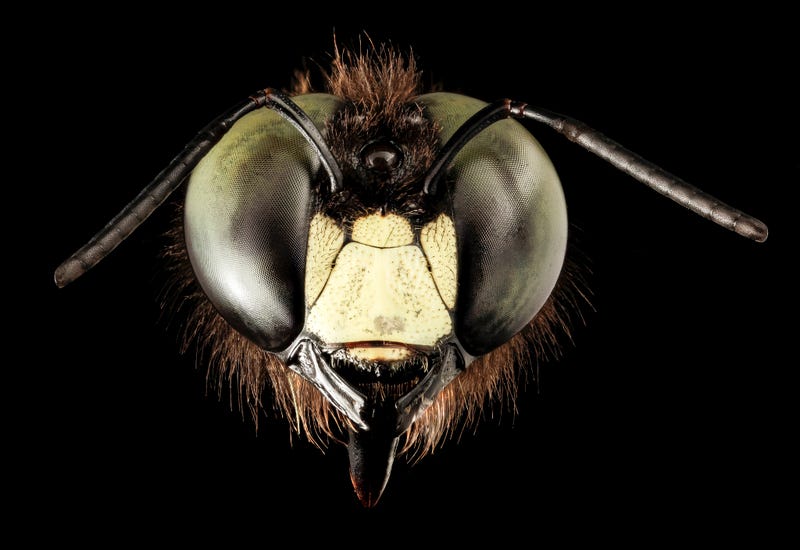
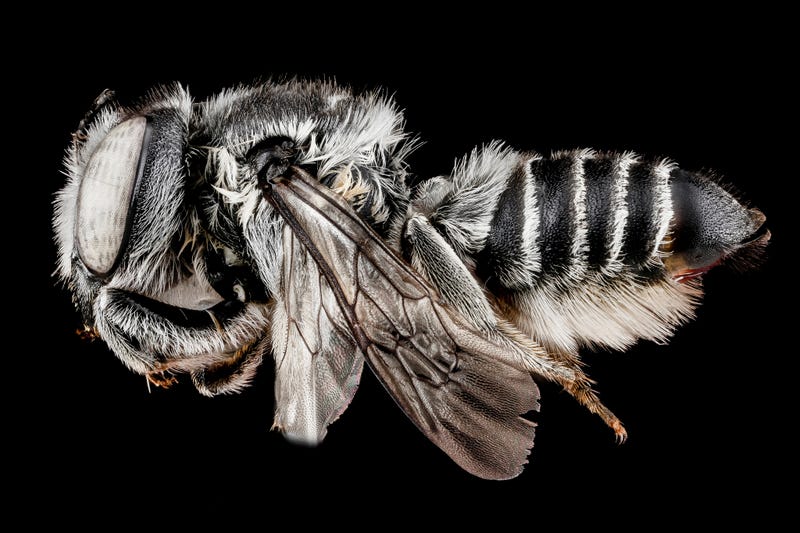
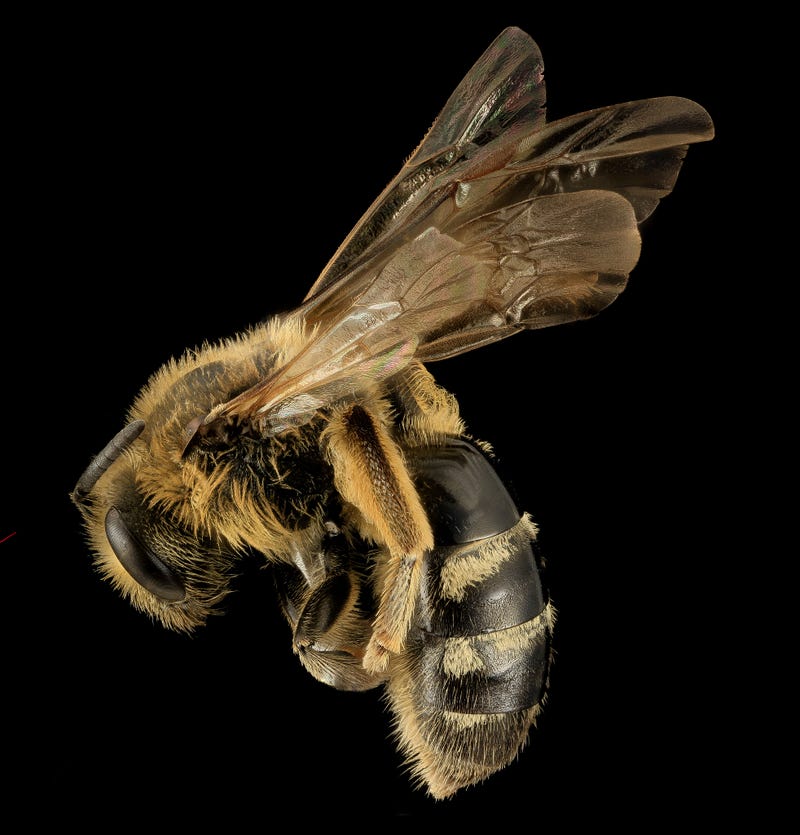
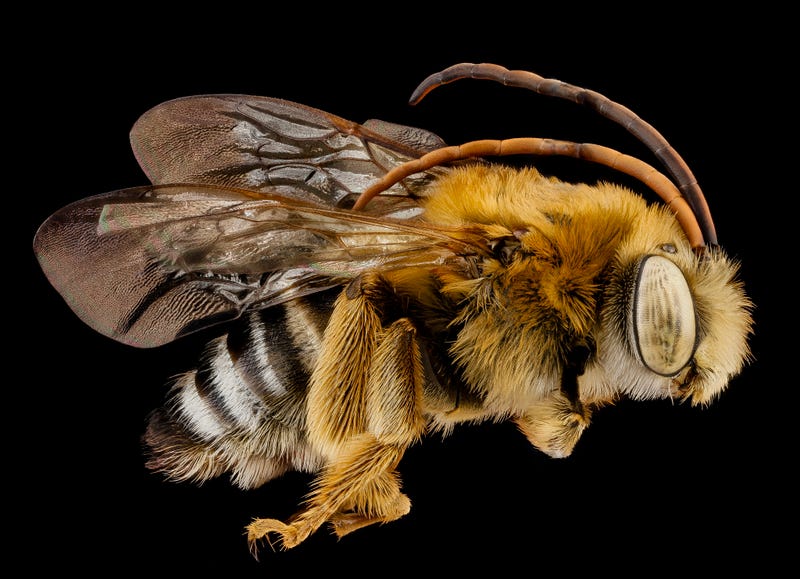
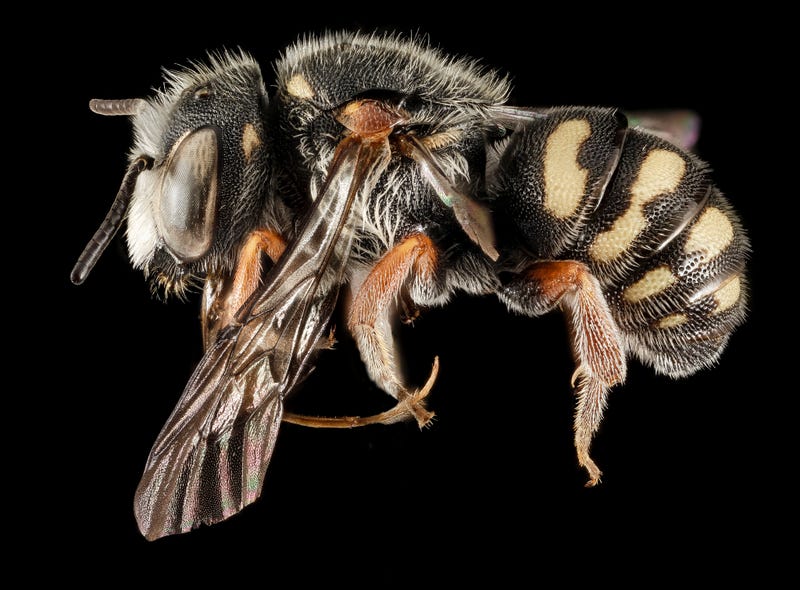
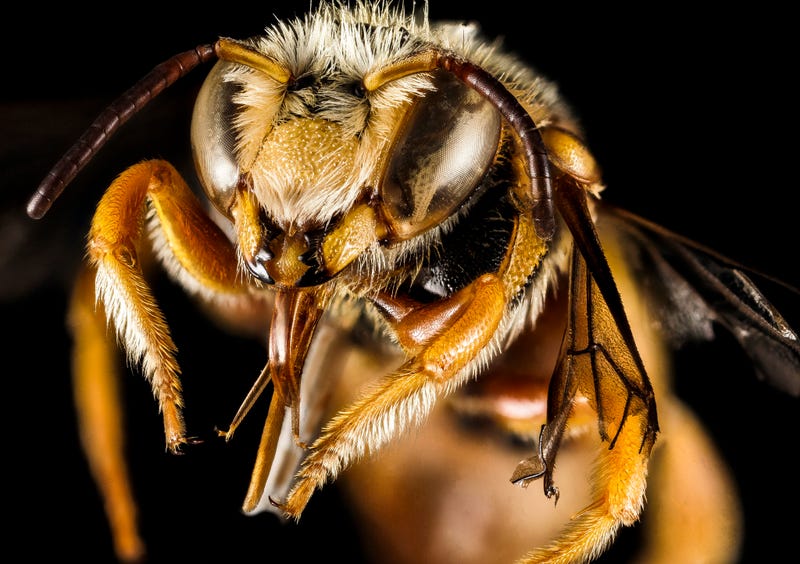
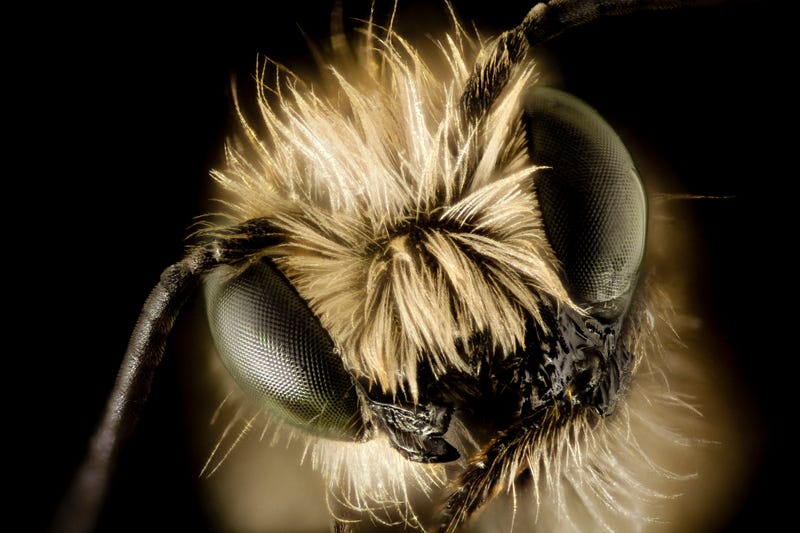
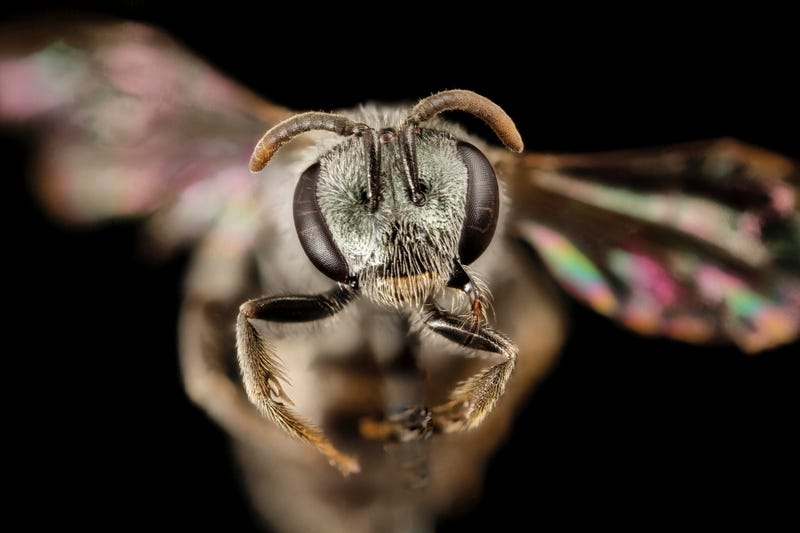
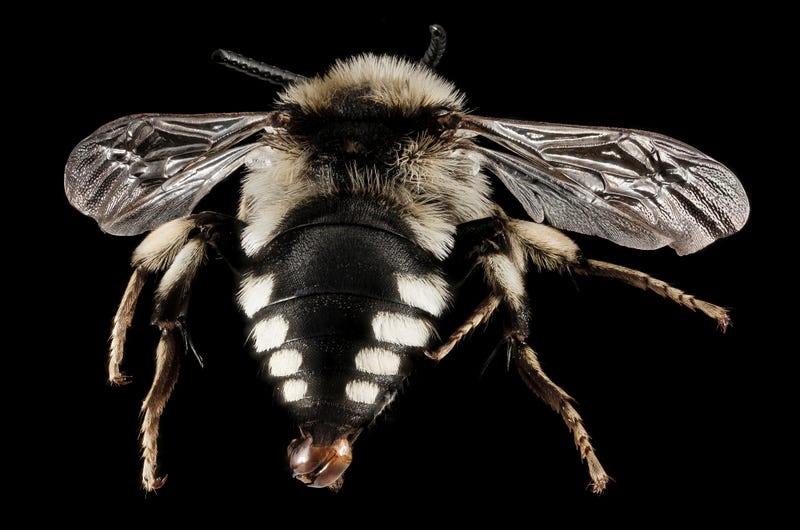
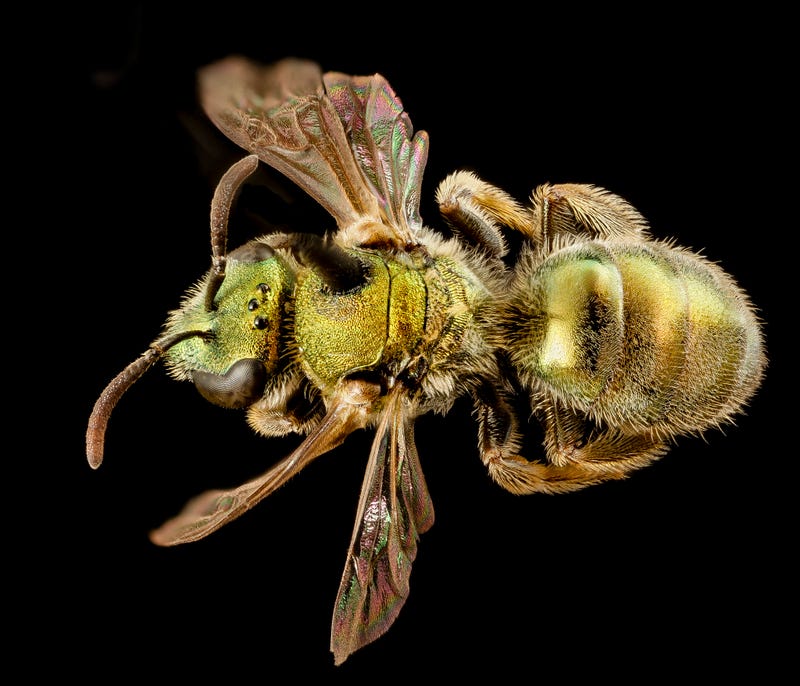
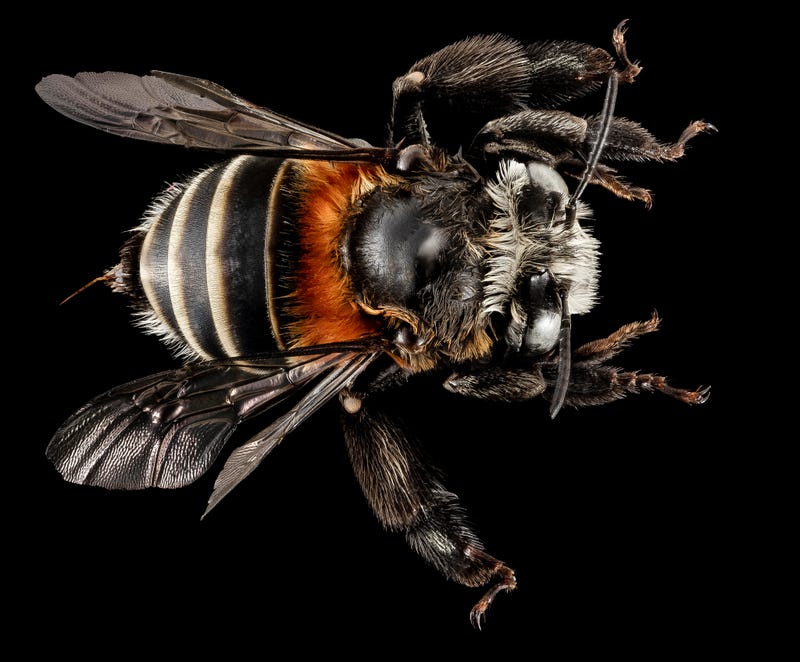
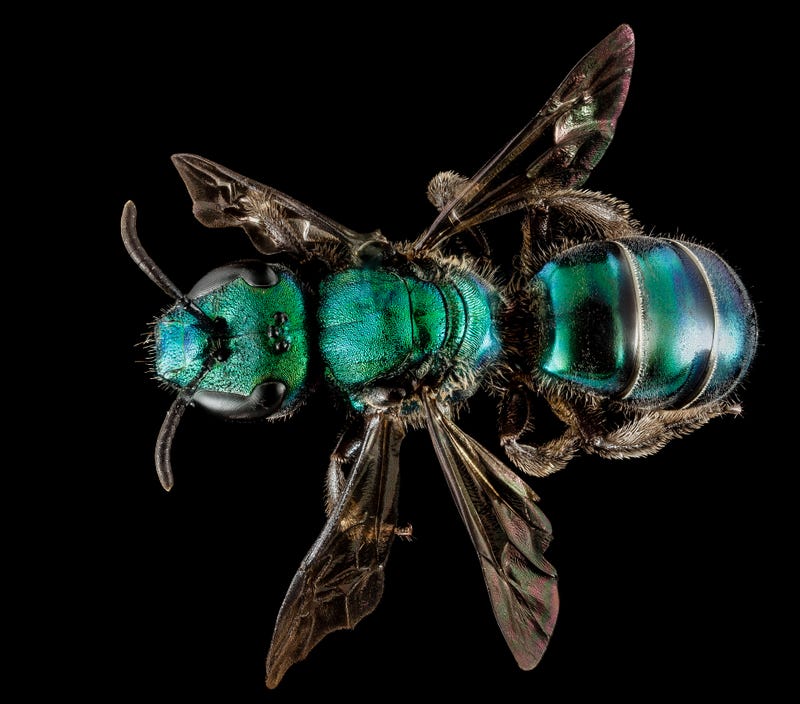
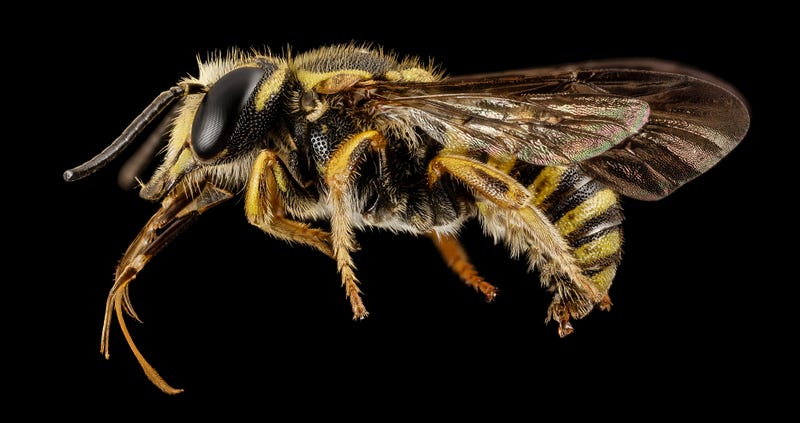
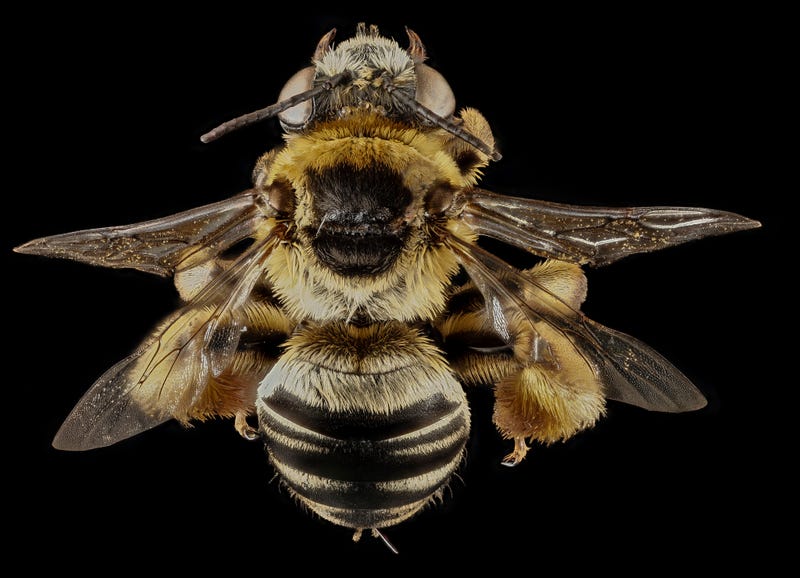
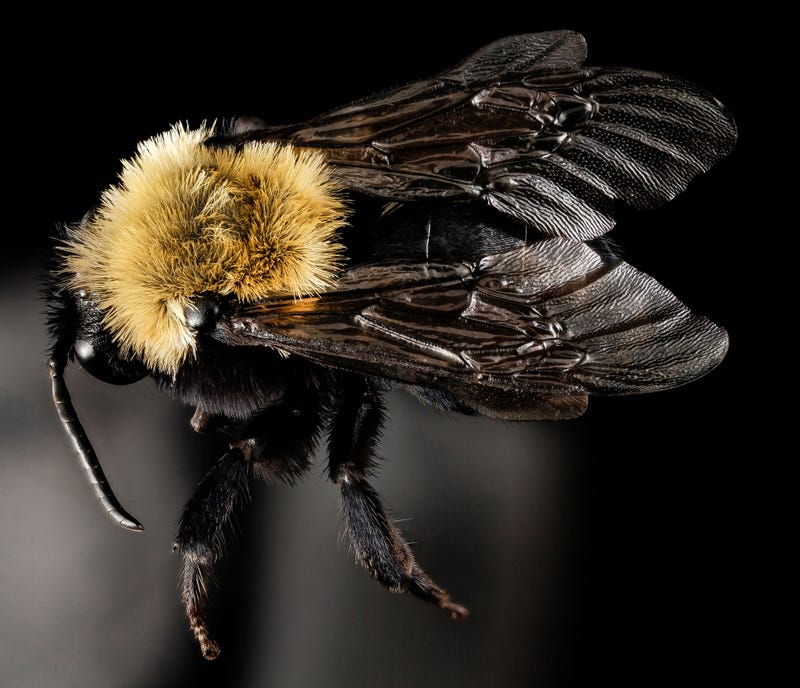
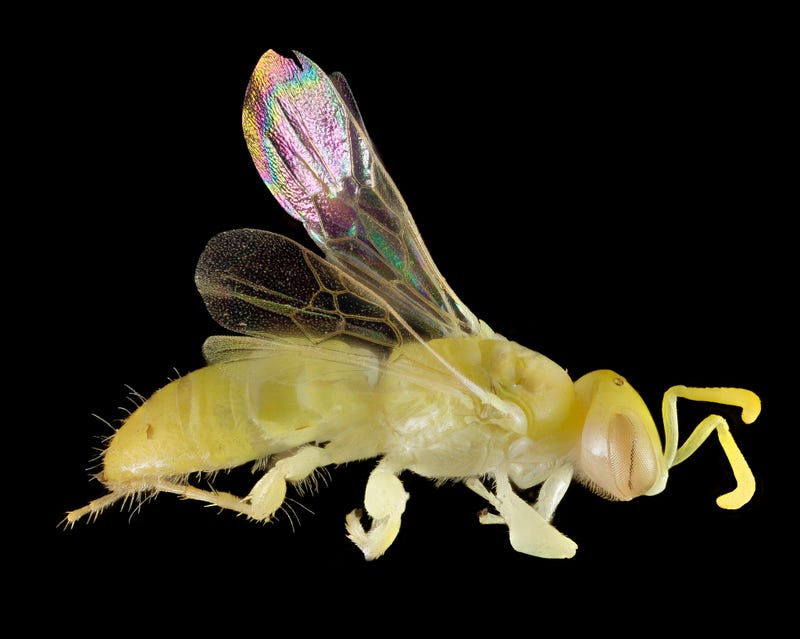
No comments:
Post a Comment
Please leave a comment-- or suggestions, particularly of topics and places you'd like to see covered